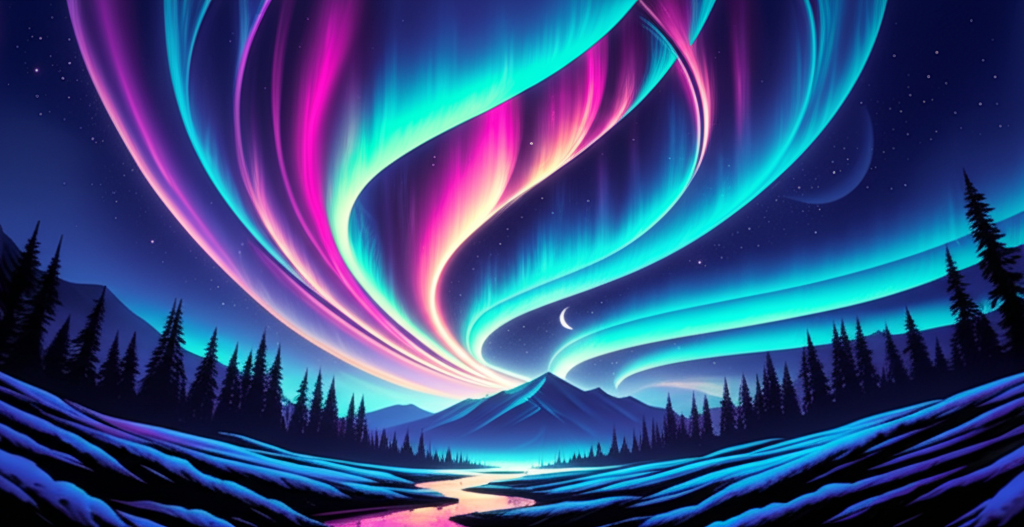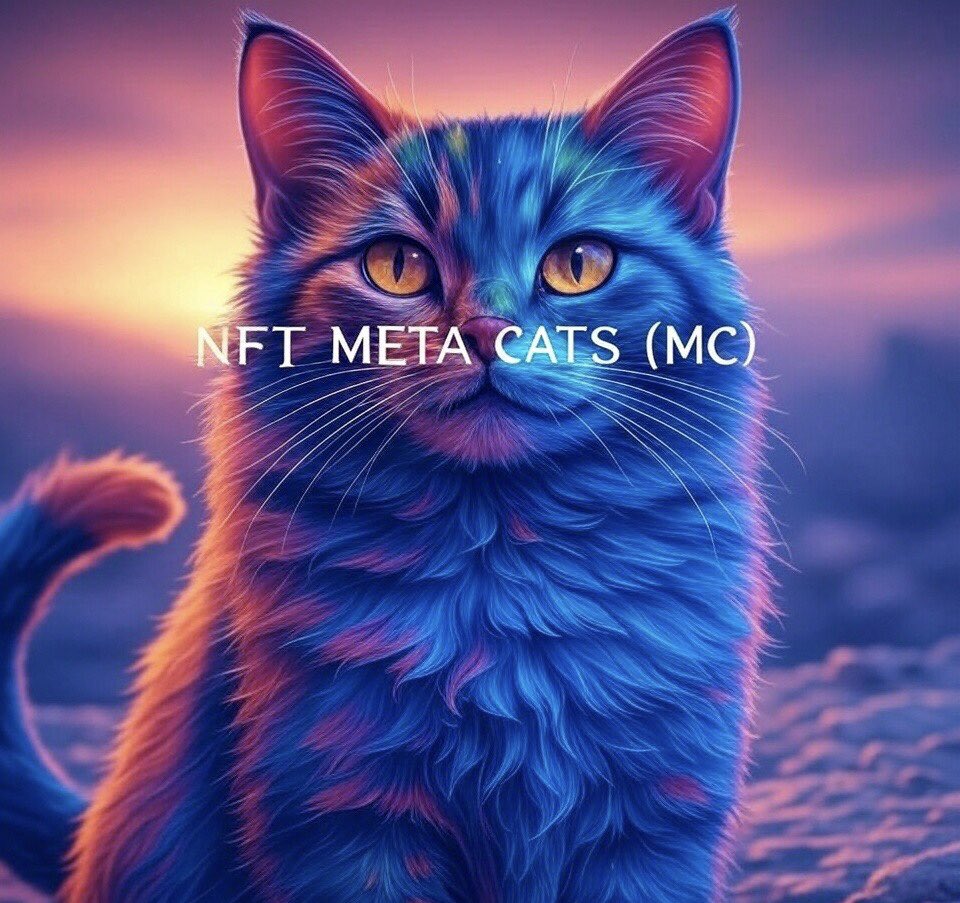The phenomenon of the Aurora Borealis, commonly known as the Northern Lights, is a breathtaking natural spectacle that has captivated humans for centuries. This mesmerizing display of lights in the night sky is typically visible in high-latitude regions near the Arctic. However, recent geomagnetic storms have expanded the visibility of the Northern Lights to areas much further south, including several states in the United States. This article explores the factors contributing to the increased visibility of the Northern Lights, the specific states that may witness this celestial event, and the scientific principles behind this awe-inspiring phenomenon.
Geomagnetic storms play a crucial role in the visibility of the Northern Lights. These storms occur when the Earth’s magnetic field is disturbed by solar wind, which is a stream of charged particles ejected from the Sun. The interaction between the solar wind and the Earth’s magnetic field can cause the particles to be funneled towards the polar regions, where they collide with various gas molecules in the Earth’s atmosphere. This collision releases energy in the form of photons, which we perceive as the vibrant lights of the Aurora Borealis.
The intensity and extent of the Northern Lights depend on the strength of the geomagnetic storm. Minor storms can produce faint, localized displays, while major storms can make the aurora visible over a much larger area. According to recent forecasts, a series of geomagnetic storms are expected to bring the Northern Lights to more U.S. states along the Canadian border. This increased visibility is a result of the storms’ ability to push the aurora further south than usual.
One of the primary factors influencing the visibility of the Northern Lights is the Kp index, which measures the global geomagnetic activity. The Kp index ranges from 0 to 9, with higher values indicating stronger geomagnetic storms. For the Northern Lights to be visible in the lower 48 states, the Kp index typically needs to be at least 6 or 7. Recent forecasts have indicated that the Kp index is expected to reach these levels, making it possible for residents in several states to witness the aurora.
The states most likely to see the Northern Lights during these geomagnetic storms include those in the northern tier of the U.S., particularly those bordering Canada. According to recent reports, up to 15 states may have the opportunity to view the aurora. These states include Maine, New Hampshire, Vermont, New York, Pennsylvania, Ohio, Michigan, Wisconsin, Minnesota, North Dakota, Montana, Idaho, and Washington. While the highest chance of viewing the Northern Lights will be in the northernmost parts of these states, residents in more southern regions may still be able to catch a glimpse of the lights under the right conditions.
In addition to the states mentioned above, there is also a possibility that the Northern Lights could be visible in other parts of the country, depending on the strength and duration of the geomagnetic storms. For example, northeastern Washington, northern Idaho, northern Montana, North Dakota, and northern Minnesota have a lower chance of seeing the phenomenon, but it is not entirely out of the question. Residents in these areas should keep an eye on the latest forecasts and be prepared to look to the north if conditions are favorable.
The Northern Lights are not only a visual spectacle but also a reminder of the complex interactions between the Sun and the Earth. The aurora occurs when charged particles from the Sun, primarily electrons and protons, interact with the Earth’s magnetic field and atmosphere. These particles are guided along the magnetic field lines towards the polar regions, where they collide with gas molecules such as oxygen and nitrogen. The energy from these collisions is released as photons, which produce the characteristic colors of the aurora.
The color of the Northern Lights depends on the type of gas molecule that is excited and the altitude at which the collision occurs. Oxygen produces green and red lights, while nitrogen produces blue and purple hues. The most common color of the aurora is green, which is produced by oxygen molecules at altitudes of about 60 miles. Red lights, on the other hand, are less common and are typically seen at higher altitudes, around 200 miles.
While the Northern Lights are a natural phenomenon, their visibility can be affected by various factors, including weather conditions and light pollution. Clear skies are essential for viewing the aurora, as clouds can obscure the lights. Additionally, light pollution from urban areas can make it difficult to see the faint glow of the aurora. Therefore, it is recommended to find a dark, open area away from city lights for the best viewing experience.
In conclusion, the recent geomagnetic storms have created an opportunity for residents in several U.S. states to witness the Northern Lights. The increased visibility of the aurora is a result of the storms’ ability to push the lights further south than usual. While the states along the Canadian border have the highest chance of viewing the Northern Lights, there is also a possibility that the aurora could be visible in other parts of the country. Understanding the scientific principles behind the Northern Lights and being prepared with the right viewing conditions can enhance the experience of witnessing this breathtaking natural phenomenon.





